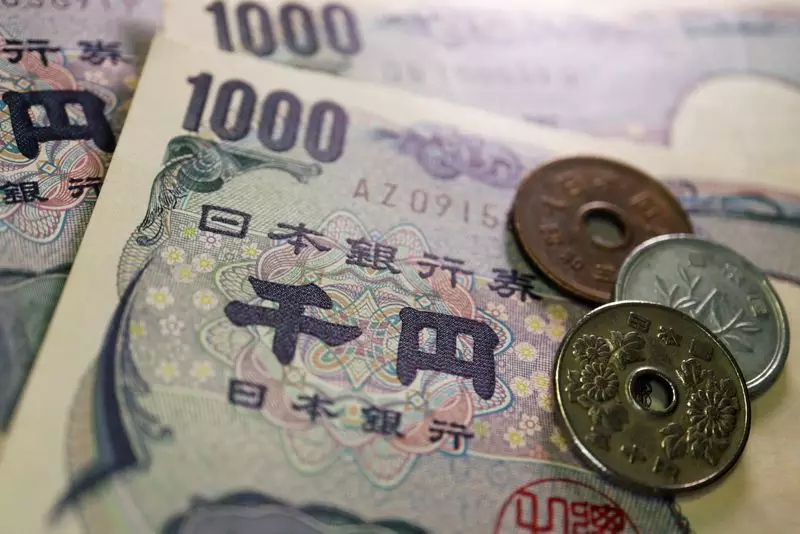Japan’s financial authorities are keenly aware of the delicate balance surrounding the yen currency. Atsushi Mimura, the nation’s principal currency diplomat, has emphasized the importance of vigilance in managing currency markets. In an interview, Mimura conveyed the proactive stance of regulators towards the yen’s fluctuating status, especially in light of increased yen carry trades. This strategy, which typically involves borrowing yen at low-interest rates to invest in potentially higher-yielding assets abroad, poses a risk to market stability—something that regulators are closely monitoring.
Mimura’s remarks underscore a fundamental concern: as the global economic landscape shifts, so too does the complexity of maintain-ing a stable yen. The potential for renewed yen carry trades could destabilize the market if not kept in check. His assertion that authorities are prepared to intervene when necessary signifies both an understanding of economic fundamentals and a commitment to protecting domestic stakeholders from severe market disruptions.
Yen Carry Trades: A Double-Edged Sword
Yen carry trades have long been a contentious topic among economists and financial experts. While they can yield profitable returns for investors capitalizing on low borrowing costs, they also expose the currency to significant volatility. The recent trends indicate that many of these trades have been unwound, a situation driven by the Bank of Japan’s (BOJ) decision to increase interest rates. This decision has contributed to a remarkable rebound of the yen after hitting near three-decade lows earlier in July.
The implications of this dynamic are manifold. On one hand, a raise in interest rates can solidify the currency’s status and restore confidence in Japan’s economic outlook. On the other hand, such adjustments can disrupt the balance for companies and households reliant on certain currency valuations for their financial strategies. Tracing the rise and fall of yen carry trades offers a window into broader economic trends and shifting investor sentiments.
Future Directions and Strategic Implications
As Japan navigates these turbulent waters, the role of officials like Mimura becomes increasingly critical. Since taking over as vice finance minister for international affairs, Mimura has inherited a complex landscape characterized by global economic uncertainty and domestic challenges. His stewardship will involve not only immediate monitoring of trading behaviors but also long-term strategic planning to adapt to changing economic indicators.
A robust response to market volatility requires a deft balance of intervention and laissez-faire policies. As the global economy evolves and the demands on Japan’s currency transform, maintaining an adaptable approach will be pivotal. In this context, Mimura’s emphasis on preparedness reflects a deep understanding of the need for agility in policymaking.
Japan’s economic strategies under the watchful eye of Mimura suggest a keen awareness of both the risks and opportunities inherent in currency management. The delicate dance between encouraging investment through yen carry trades and maintaining stability in the currency market will undoubtedly define Japan’s financial landscape moving forward. As stakeholders, including businesses and households, navigate these changes, the ongoing vigilance and readiness of Japanese authorities promise a commitment to fostering a more resilient economic environment.

